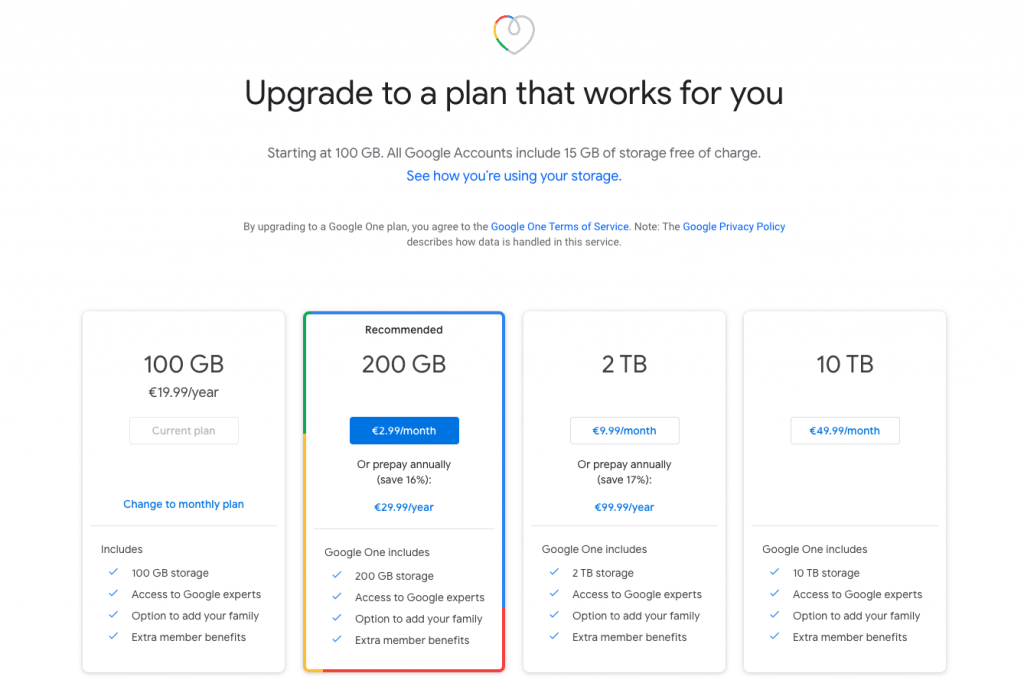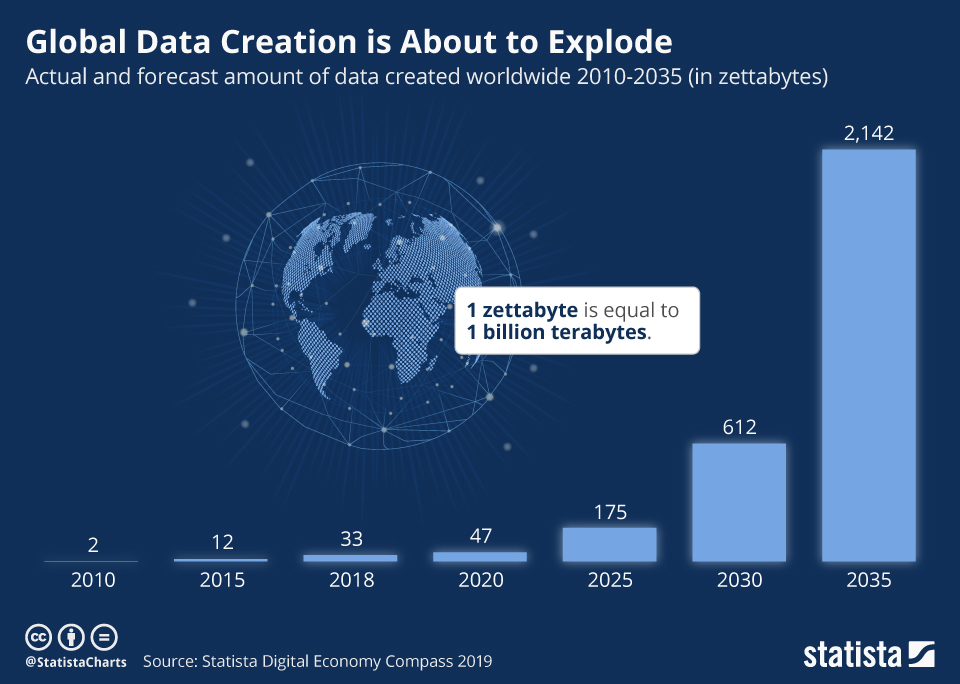Flickr, Google Photos… The end of free photo hosting?

The news made a lot of noise: around November 12th 2020, Google announced that it would end free and unlimited hosting on Google Photos. What does it mean? Why this decision? What alternatives to GAFAM for data hosting?
When the internet giants say stop to the free model
In November 2018, Flickr, the online photo hosting and sharing service, announced an overhaul of its pricing model: free user accounts hosting more than 1,000 photos had to take out a paid subscription, after what some of their photos would be deleted. Users were screaming scandal, but from our side, we found it rather normal.
Read also : Why Flickr could not remain free for ever
Many users looking for an alternative to Flickr fell back on Google Photos, which offered free and unlimited hosting of your photos (in exchange of the files being compressed).
But Google changed the game two weeks ago, announcing the end of its illimited free offer. Starting on June 15th 2021, you will have to pay to host more than 15 GB of data at Google (including your Gmail account and Google Drive).
It may not seem like much, but this announcement is an important signal: after years of “everything free”, the giants of the internet have decided to monetize data hosting, even for “small” volumes.

The true cost of online hosting
This decision may seem paradoxical, given that the cost of data hosting has fallen dramatically over the last 20 years. Since storage space is costing less and less, why should we pay for what was previously offered free of charge?
First of all, even if the cost of storage space has fallen since the early 2000s, it still has a cost. Behind a virtual “Drive” or “Cloud”, there are huge machines, which consume energy. You need staff to maintain, monitor and secure them. And then there is the development and maintenance of the software, web and mobile apps used by end users to manage their files. All this is not free.
Read also : Where are photos stored with Piwigo ?
An exponential amount of data
While the cost of hosting has decreased over the last 20 years, the volume of data created has exploded in parallel!
Let’s take a very concrete example:
In 2020, when you take a photo with your smartphone, it weighs an average of 2 MB. With a latest generation smartphone, it can be as much as 10 MB. Even a 15-second kitten video weighs 50 MB. This incredible GIF weights 3 Mo.
Meanwhile, when you took a photo with your compact digital camera 15 years ago, it only weighed 100 or 150 Kb, i.e. 0.1 Mb… 100 times less than today!
Thus, the volume of data created every day by our digital uses has exploded and this is not over if we believe certain projections (see this study by Statista).

This is a possible explanation for Google’s turnaround. Offering unlimited storage to individuals who create 1 or 2 GB of photos per year can be OK. When they generate dozens of GB of photos and videos just with their phone every year, it becomes less profitable.
With Google, if it’s free, you’re the product.
But let’s never forget what is behind the free web services offered by GAFAMs: free services are in fact offered in exchange for our attention and our personal data.
Why does Google offer free services? For two reasons that are not charitable but, on the contrary, very “business oriented”:
- Firstly, free offers are somehow “appeal products”. They allow Google to attract millions of users. When Google launched Gmail, it was the only email service that didn’t require you to clean up your emails, as the amount of data stored was unlimited. It’s a good way to get Internet users used to the Google ecosystem and thus impose its hegemony. This is how Google then sold its email, cloud and many other services to companies.
- Secondly, by using Google’s tools free of charge, you agree to transfer part of your data to the giant from Mountain View. You host your personal data at Google and thus give Google the right to treat this data. You retain the intellectual property rights to your content, but you grant Google an unlimited right of access to this data. For what purpose? To train its algorithms. But also to improve your “customer profile” and thus make Google’s advertising targeting more effective.
Alternatives to Google Photos
If you wish to keep your photos at Google, you will therefore have to pay a subscription soon: 20 euros per year for 100 GB, 30 euros per year for 200 GB and 100 euros per year for 1 TB. This is certainly a reasonable price. But it’s Google.
Here are some solutions that are respectful of your personal data and which may be of interest to replace Google Drive :
- kDrive, created by the Swiss hosting provider Infomaniak,
- pCloud, which is also hosted in Switzerland,
- Nextcloud, an open source German Drive that you can host yourself.
To host and share your photos online, we will not propose you a free alternative to Google Photos. As you will have understood, we are convinced that free hosting is not a solution: hosting has a material, human and environmental cost.
However, you can download Piwigo for free on piwigo.org and host it on a server of your choice (from €2.99/month at OVH for example). You will then be able to set up a secure space to save your photos, automatically synchronised with a directory on your hard drive if you wish. You can also install the Piwigo mobile application on your phone.
On the one hand, Piwigo’s photo management features are much more advanced, especially for businesses. That’s why we offer specific hosting packages for individuals and businesses on Piwigo.com.
On the other hand, we know that Piwigo is not an exact replacement for a Google Photos account, as integration with Android (or Apple) phones is not as smooth. We do not offer automatic synchronisation of all the photos on your phone with Piwigo.
But from our experience, we know that some people use Google Photos out of habit, whereas they would gain by replacing it with a Piwigo. It’s up to you to give it a try!
Photo by Kai Wenzel on Unsplash
Although Flickr is probably the best of the bunch, there are many other photo sharing sites that also make the embed code available. Check the help section of the site you want to use for directions on where to find it and the restrictions.
Just to note that pCloud does NOT host it’s data in Switzerland. It actually has it’s servers in Texas. They just play up the fact that their head office is in Switzerland. It’s a bit of a green-wash.